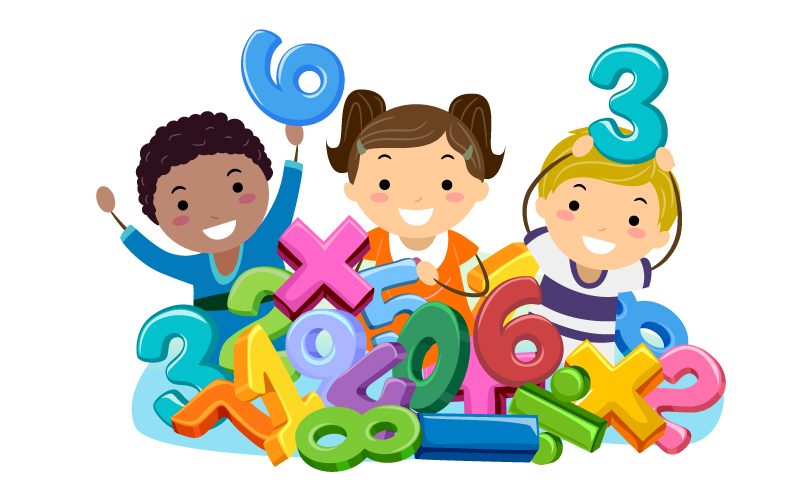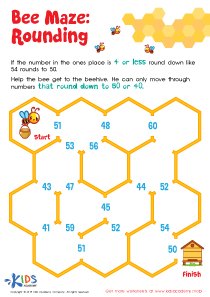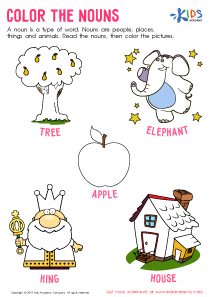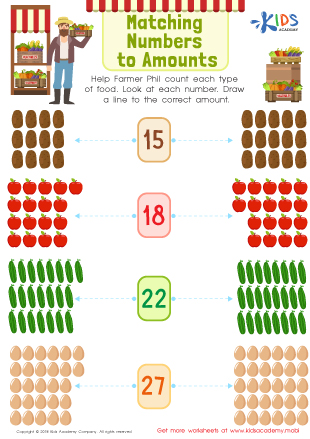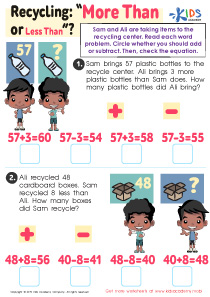Animal recognition Numbers 0–10 Worksheets for Ages 5-8
6 filtered results
-
From - To
Looking to enhance your child's early math skills while nurturing their love for animals? Our "Animal Recognition Numbers 0–10 Worksheets" are designed for children ages 5-8, providing an engaging and educational experience. These worksheets combine number recognition and counting with adorable animal illustrations, making learning fun! Kids will practice identifying numbers 0-10 while recognizing different animals, fostering their cognitive development and enhancing their fine motor skills through various activities. Perfect for parents and teachers alike, these worksheets are a valuable resource for reinforcing early numeracy concepts in an interactive way, ensuring kids gain confidence and excitement in their math journey!
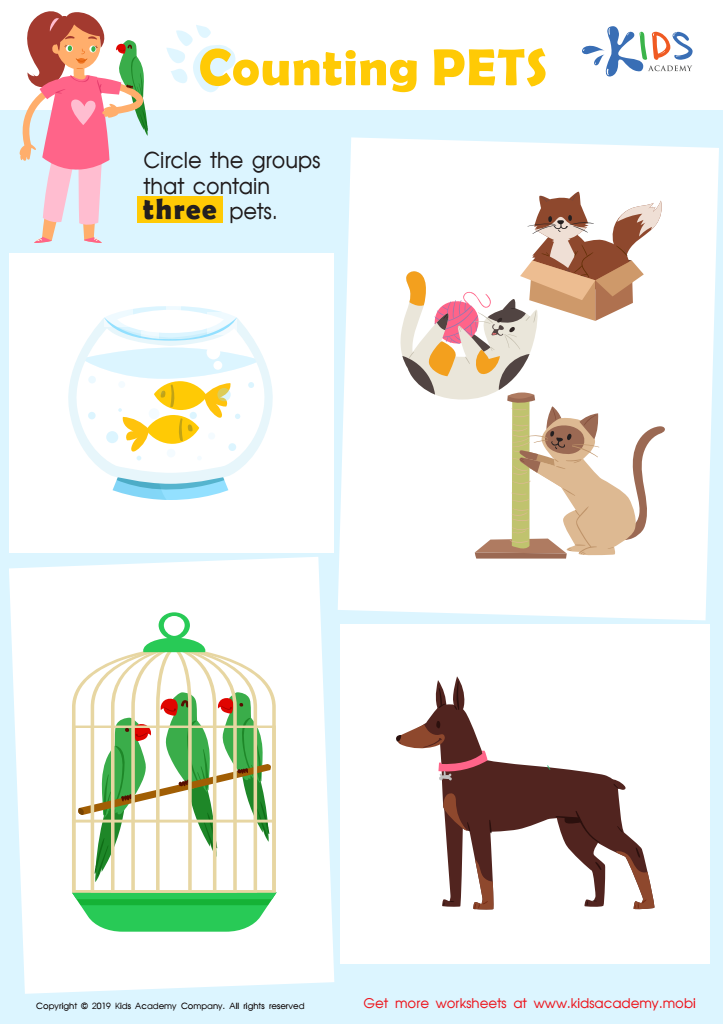

Counting Pets Worksheet
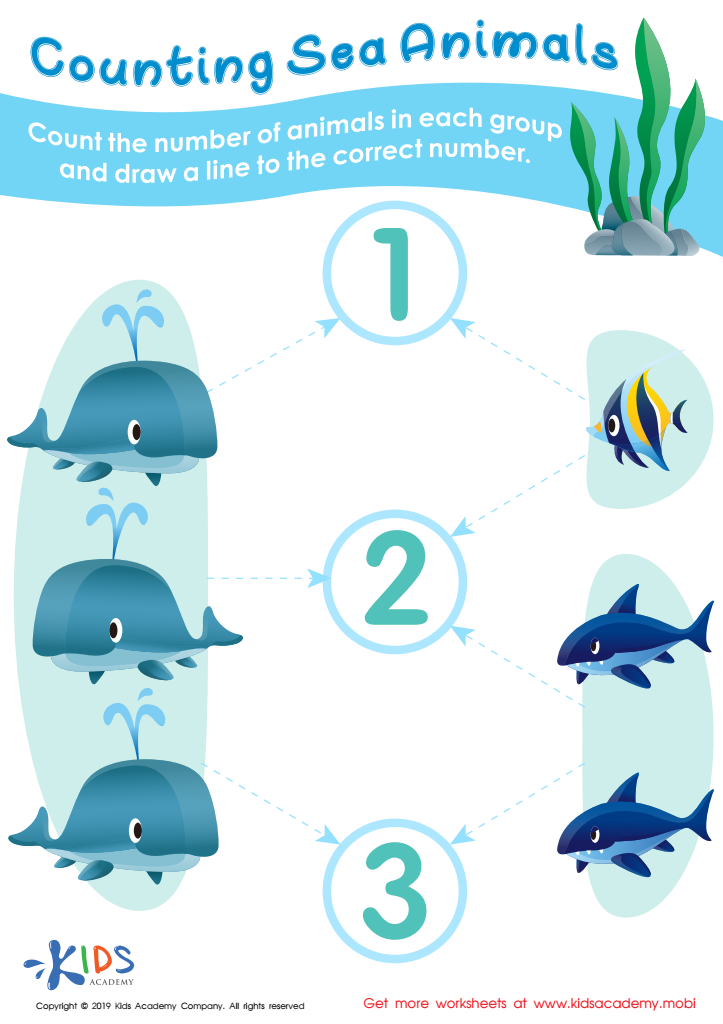

Counting Sea Animals Worksheet
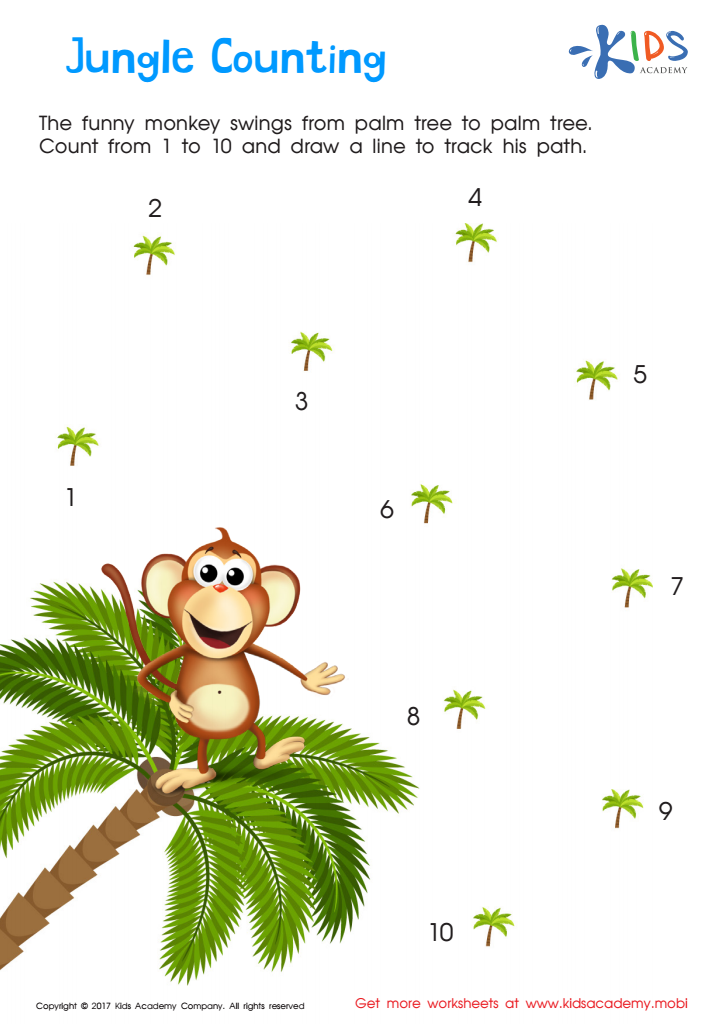

Jungle Counting Connect Dots Worksheet
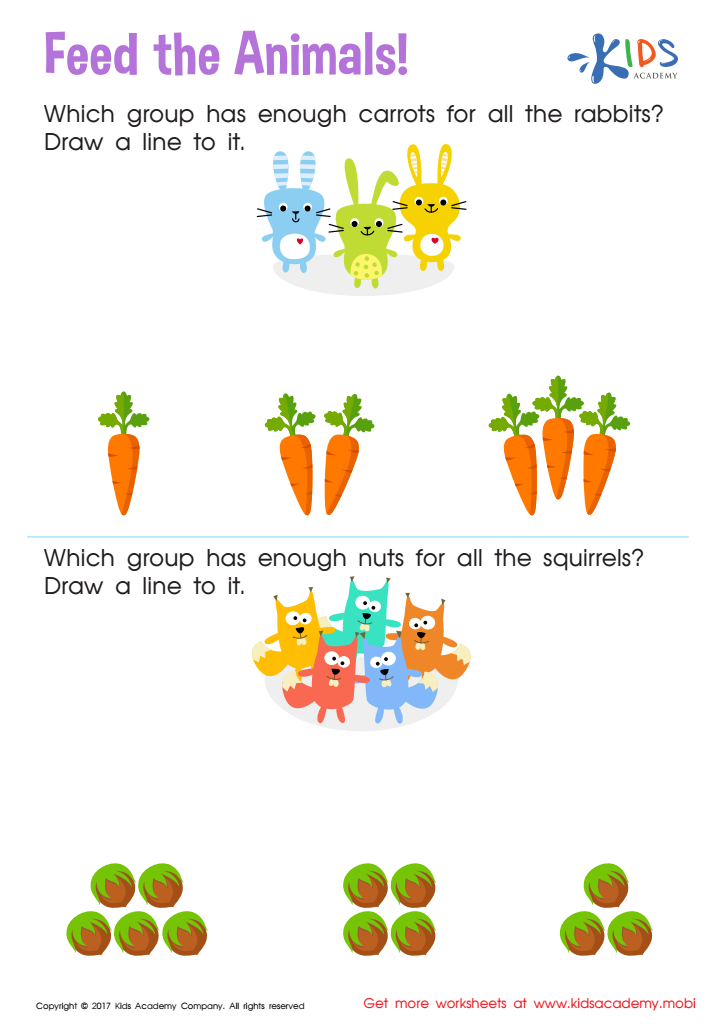

Count and Match: Feed the Animals Worksheet
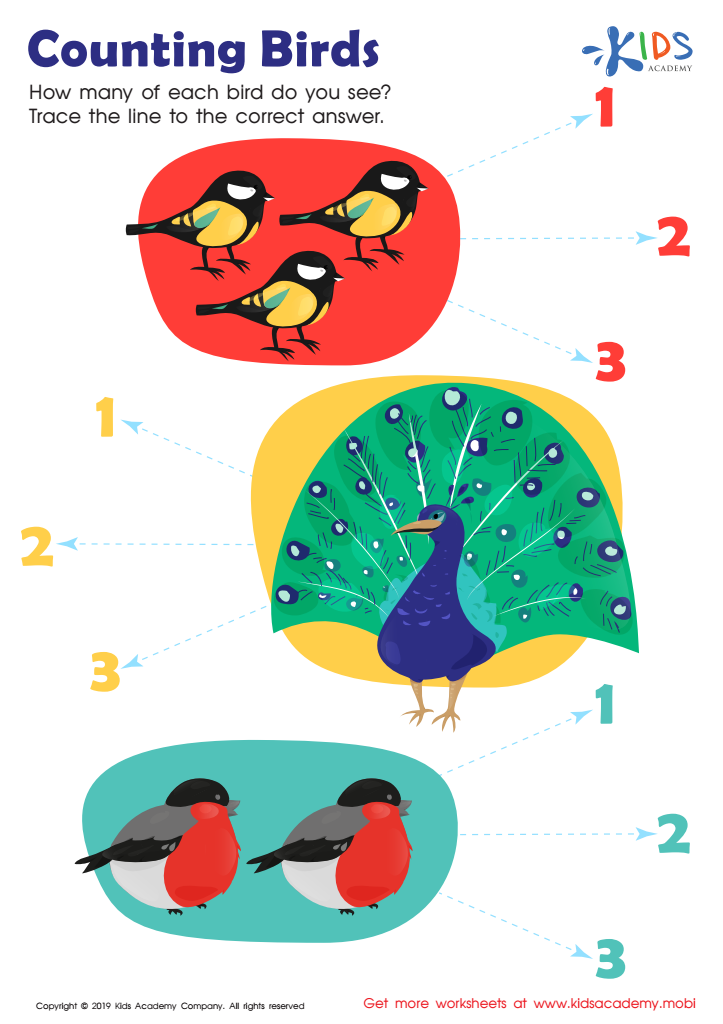

Counting Birds Worksheet
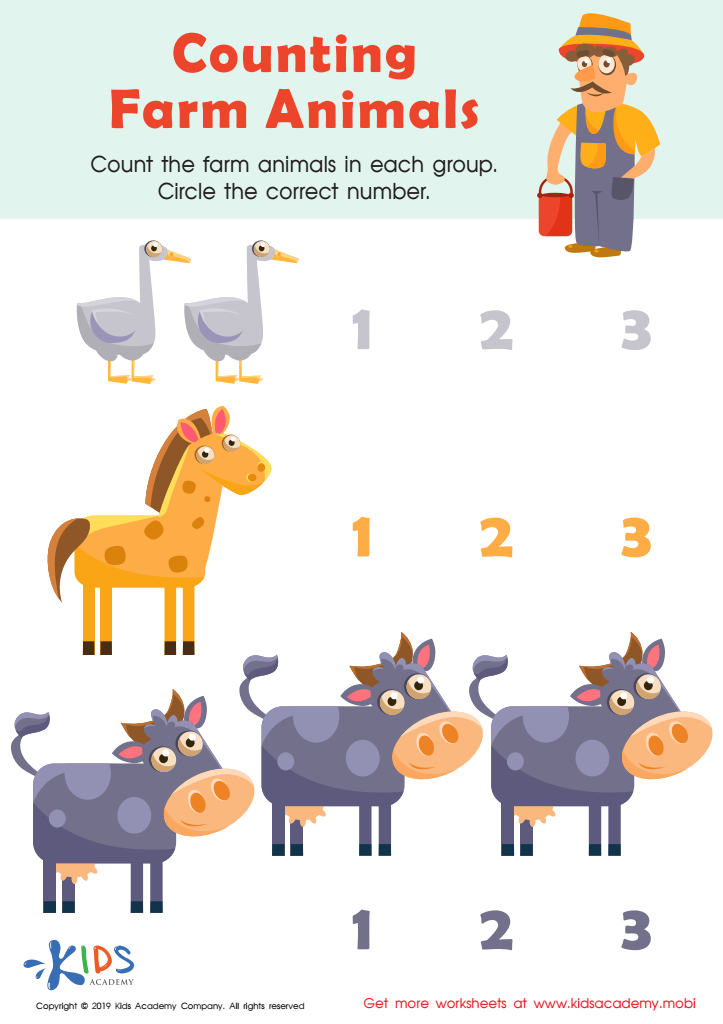

Counting Farm Animals Worksheet
Animal recognition numbers 0-10 provide a vital foundation for early learners aged 5-8, blending cognitive development with an engaging subject. Here’s why parents and teachers should prioritize this concept:
First, recognizing numbers using animals fosters numerical literacy in a fun and approachable way. Children naturally gravitate toward animals, drawing on their intrinsic curiosity and interest, making the learning process joyful and memorable. By counting animals (e.g., 3 elephants), children not only learn their numbers but also enhance their visual and auditory processing skills through the simultaneous association of numbers and animal images.
Secondly, learning animal recognition aids in developing problem-solving and critical thinking abilities. Engaging children in activities such as identifying, sorting, or classifying animals by number fosters creativity and analytical skills.
Moreover, this approach incorporates themes of nature and wildlife, encouraging empathy and emotional connections. It can lead to discussions about animal habitats, behaviors, and environmental stewardship.
Lastly, a strong grasp of numbers will lay the groundwork for future math skills, ensuring a smoother transition to more complex concepts. Overall, prioritizing animal recognition numbers not only nurtures essential mathematical skills but also promotes holistic developmental growth in young learners.
 Assign to My Students
Assign to My Students






